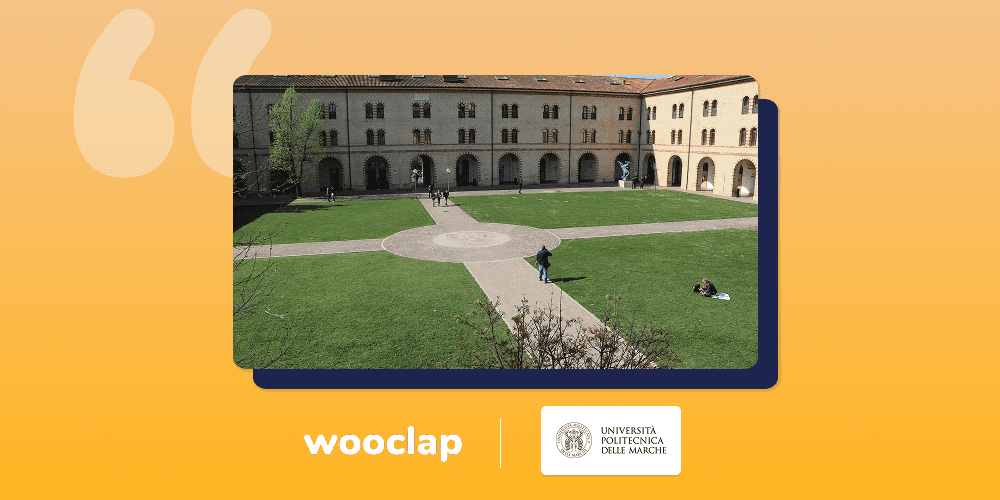
American summer tour! Wooclap will be at InstructureCon 2025
Come say hi at booth 41 from July 22nd to July 24th in Spokane, Washington
How to design an effective blended learning environment?
08.09.2017 • 3 minutes

What is it about the blended learning model that has made it so popular in recent years? Well, it may have to do with the fact that blended learning fulfils all 4 criteria of a well-designed and effective learning environment, i.e. it is learner, knowledge, community, and assessment centred. Let’s have a look at what that means.
A learner centred learning environment
Long-term memories are created by linking new information to existing memories and knowledge, a process called active learning. In other words, we build durable memories on prior knowledge, which is why it is important for teachers to adapt their discourse to the students they are teaching.
Specifically, teachers should learn about students’ interests, backgrounds, and competencies, so that they can then build the course on that foundation. A blended learning model encourages more interaction between students and their teachers, creating an environment in which teachers can identify the areas in which the learners struggle and excel, and consequently better respond to their needs.
A knowledge centred learning environment
A knowledge centred learning environment is one that requires teachers to consider not only what they’re teaching, but also why they’re teaching it.
Courses are taught in a way that allows students to master the course and enables them to apply what they have learned in a broader context. Learners use what they have learnt in class to complete meaningful tasks and challenging learning activities that lead to active, participative and sustainable learning.
An assessment centred learning environment
Once a learning environment is assessment centred, students can become real actors of their own learning. Designing an assessment centred learning environment doesn’t necessarily entail more exams, worksheets, quizzes,… Rather, this approach requires careful and in-depth thinking about how work is assigned to the students.
Formative assessments are meant to provide both teachers and learners with valuable feedback that can help them change their approach to other problems and learning experiences in the future. This way of doing is different from the more traditional summative way of assessing, which evaluates what students remember from the course. The effectiveness of assessments depends on the extent to which the learning environment is learner centred, knowledge centred, and finally community centred.
A community centred learning environment
As the name suggests, a community centred learning environment creates a community out of a classroom. An effective learning community takes into account teachers and students, as well as their role in school, the city they live in and the global community. Since one of the primary purposes of education is to help students become functional, contributing members of society, their learning environment should reflect and be linked to their larger community
More concretely, that means, instructors design lessons that nudge students to apply what they learn in class to their everyday lives.
Writer

Gauthier Lebbe
Content Editor @Wooclap. I love to write, learn, write about learning, and learn about writing. And hit readers with puns they don't see coming. You know, sucker puns.
A monthly summary of our product updates and our latest published content, directly in your inbox.



